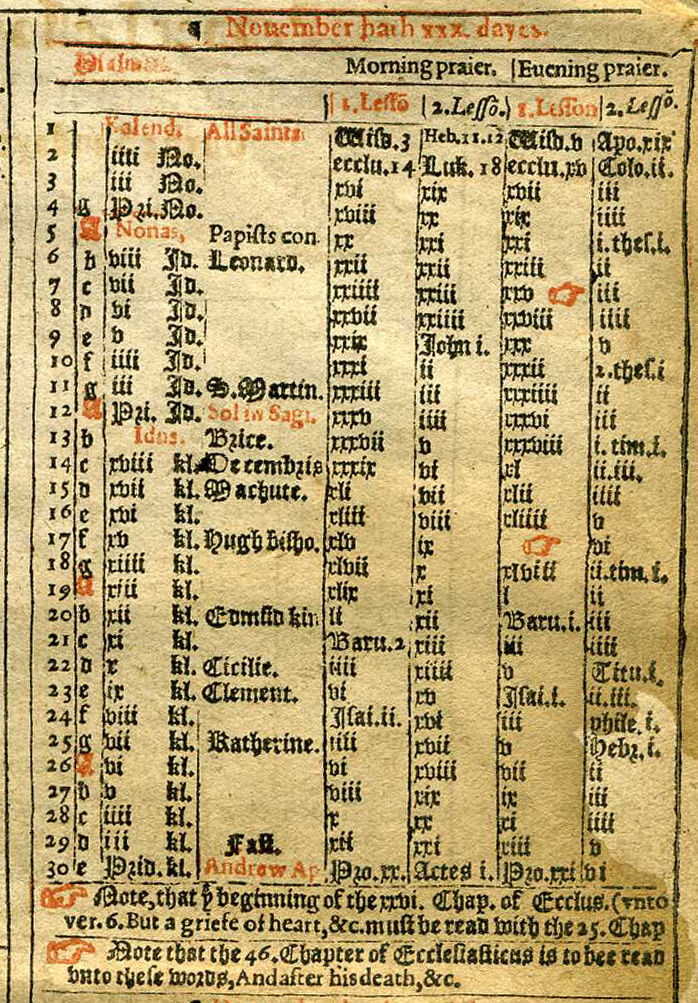Leap Day, Leap Year - Teaching Ideas.
- Karen Walstra

- Feb 28, 2024
- 3 min read

Happy Leap Year!
Are you discussing Leap Year with your learners?
Thursday 29th February is the extra day in the 2024 calendar, which makes 2024 a LEAP YEAR.
So a Leap year has 366 days, instead of the usual 365 days.
Why do we add a day?
The calendar has 365 days in a year, which is about how long it takes the Earth to orbit (go around) the Sun.
But in reality, the earth travels for about 365 days, 5 hours, 48 minutes, 46 seconds (Calendar Calculations, NASA).
The Earth slowly travels along its orbit (path) around the Sun, about 365 ¼ (365.2422) days. As the Earth moves it travels through all four seasons (Spring, Summer, Autumn and Winter. (Calendar Calculations, NASA)

Source K Walstra created the Earth orbitting image, she used Google Earth screenshots of Earth with Africa facing forward. https://earth.google.com
A tropical calendar refers to the time required by the sun to cross the equator towards the other hemisphere, making that day’s day and night equal in length (the vernal equinox). The tropical calendar tracks the seasons, as well as planting and harvesting cycles.
The vernal equinox takes place twice a year, on about the Sept 23 in the Southern hemisphere and about March 21 in the Northern hemisphere.
The actual vernal equinox is not the whole day, rather it is the exact moment when the sun is directly above Earth’s equator (https://www.dictionary.com/browse/vernal-equinox).
This calendar is also called the solar calendar.
Now you see why we need the leap day, every four years.
Year | Days | Leap year indicator | Is it a Leap year? |
2021 | 365 ¼ | 365 | No |
2022 | 365 ¼ | 365 | No |
2023 | 365 ¼ | 365 | No |
2024 | 365 ¼ | 366 | Yes |
The time difference was noticed thousands of years ago.

Source: Julian Calendar, Church Calendar for the month of November, from a Book of Common Prayer dated 1614. Scan 2008 by Steven J Plunkett - Original Book of Common Prayer 1614 printed by Robert Barker, London. Public domain, via Wikimedia Commons https://upload.wikimedia.org/wikipedia/commons/b/b4/1614_Prayerbook_November_Calendar.jpg
In 45 BC Julius Caesar decreed that an extra day would be added every four years.
This was called the Julian calendar, the extra day was adding up the four ¼ s to make “another day”. The Julius Calendar replaced the Roman Calendar.
Now there is another consideration, the solar year is not exactly 365 ¼ days, rather it is 365.242, which means it is a tiny bit less than a ¼ but over time these tiny bits also add up.

By 1582 A.D. this small difference in the Julian calendar was noticed, as it had added up to about 10 days.
So Pope Gregory XIII created the Gregorian calendar,
He called the event “leap year”
and established February 29 as the official date to add to a leap year.
Source: Gregorian calendar https://rupertshepherd.info/tag/julian-calendar Original: Johann Sadeler I (1550-1600), Kalendrivm Perpetvvm (Gregorian perpetual calendar, with the Four Seasons), 1595, engraving on paper, 317 × 242 mm; Amsterdam, Rijksmuseum, RP-P-OB-7498. Photo: Rijksmuseum Public domain.
Pope Gregory XIII also introduced a rule which took into account the tiny difference in the Julian calendar.
The rule indicated that a leap year takes place in every year that can be divided by four, however only in century years that are evenly divided by 400.
Leap years were in 800, 1200 and 2000, because they could be divided by 400, but not in 1700 and 1900 because they could not be divided by 400.
But there is more, it is still not exactly correct as the solar calendar is about 26 seconds shorter than the Gregorian calendar, so in the future all the seconds will add up, and a new calculation may be added to address the problem
But NO, on the 18th of November, 2022, at the General Conference on Weights and Measures (CGPM) in France, attended by many countries government, it was decided that the practice of adding ‘leap seconds’ to official clocks to keep them aligned to the Earth’s rotation will be paused or put on hold from the year 2035. Since 1972, whenever astronomical time (known as UT1) and coordinated universal time (UTC) (based on the steady tick of atomic clocks) drifted apart by more than 0.9 seconds, a leap second was added.

Source: CGPM Resolution 4 (2022). Establishment of a CCTF Task Group to address progress towards a continuous UTC. Graph https://www.bipm.org/en/news-detail-cgpm-2022
Now, the two time systems will be allowed to move apart more than a second from each other.

Have fun discussing and learning with your learners
- relate it to:
Maths and the calculations about the time taken to orbit the Sun.
Language - write a poem about a Leap Day
Social Sciences - history, discuss and explore the history of a leap day been added to the calendar
Social Sciences - Geography, discuss and investigate the earth's orbit
Here is a puzzle to solve: https://puzzel.org/jigsaw/play?p=-NrlFCvhO_Rfp3UyOnwh

Have fun!
Reach out to Karen via Contacts.








Comments